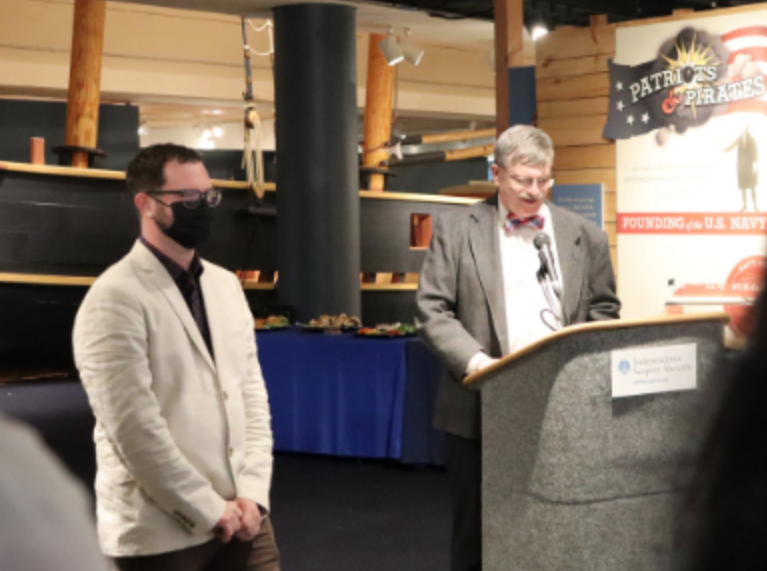Ecotopian Toolkit
Facing contemporary ecological challenges with critically attuned and creatively oriented tools
Click here to visit the Ecotopian Toolkit Website!
Visit ecotopiantoolkit.org for an extensive look into the project and living archive!
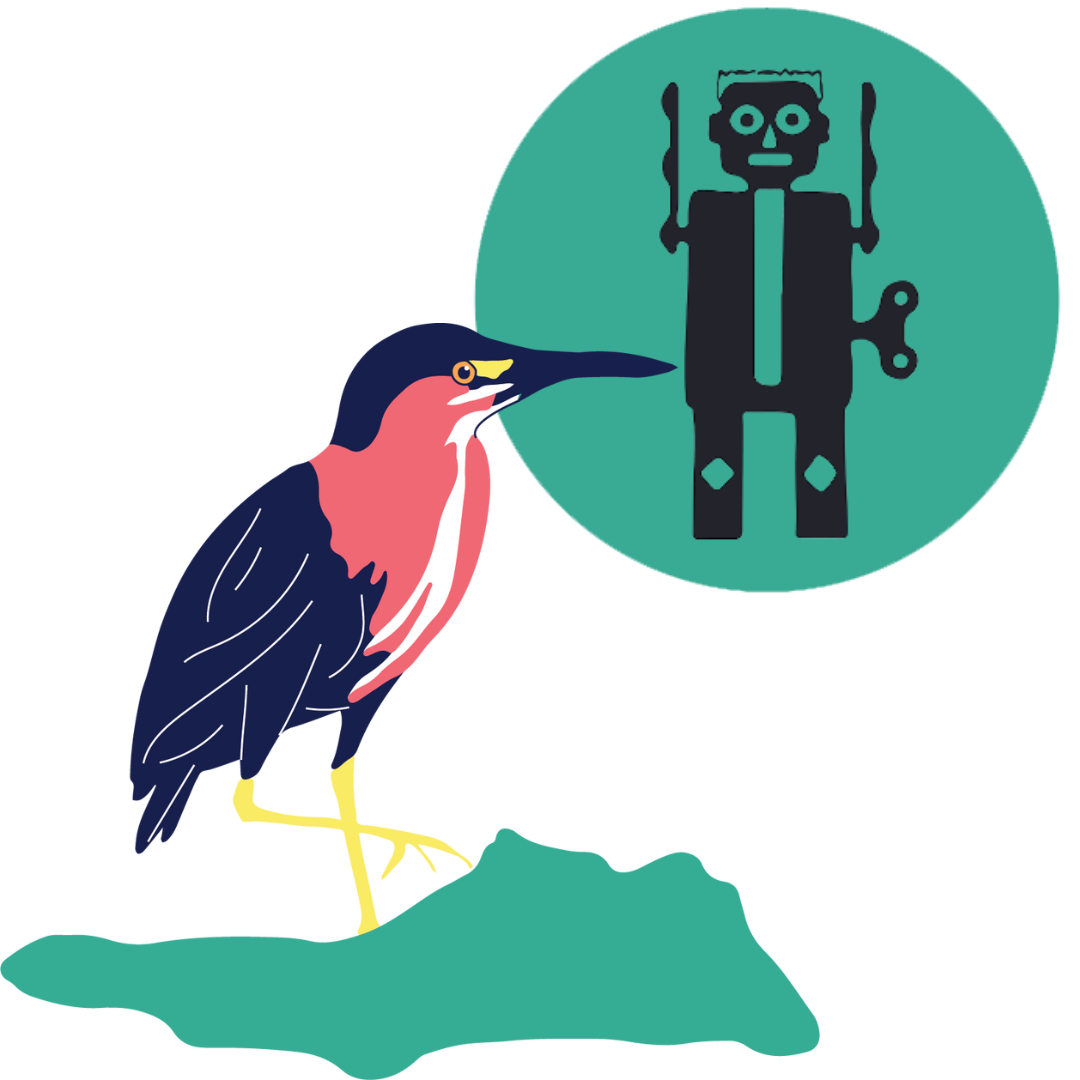
We're so excited to announce this year's Toolmakers!
Austen Camille, Blue Lab, e+i Studio, Richard Hamilton, and Bobby Haskell
Read more in Field Notes
In cooperation with the Morris Arboretum & Gardens, the Penn Program for Environmental Humanities invites you to participate in a project to create Ecotopian Tools for Multispecies Flourishing. Successful proposals for Ecotopian Tools will be explored in designer-led public workshops at Morris in spring 2024 and will be documented in a print catalog and also included in the expanding digital “living archive,” the Ecotopian Toolkit for the Anthropocene.
Schedule of Workshops
We hope you’ll join us for all of this year’s workshops for Ecotopian Tools for Multispecies Flourishing!
Learn more on our Events Page.
Saturday 5/11
10 AM - e+i Studio: Multispecies Totem
Noon - Bobby Haskell: Saproxylic Sculptures
Saturday 6/15
10 AM
Blue Lab: Popup Story Patch
Richard Hamilton: Auscultation Points
Austen Camille: An Exercise in Imagination: It is very possible that over half of the world’s species live under the surface of the soil
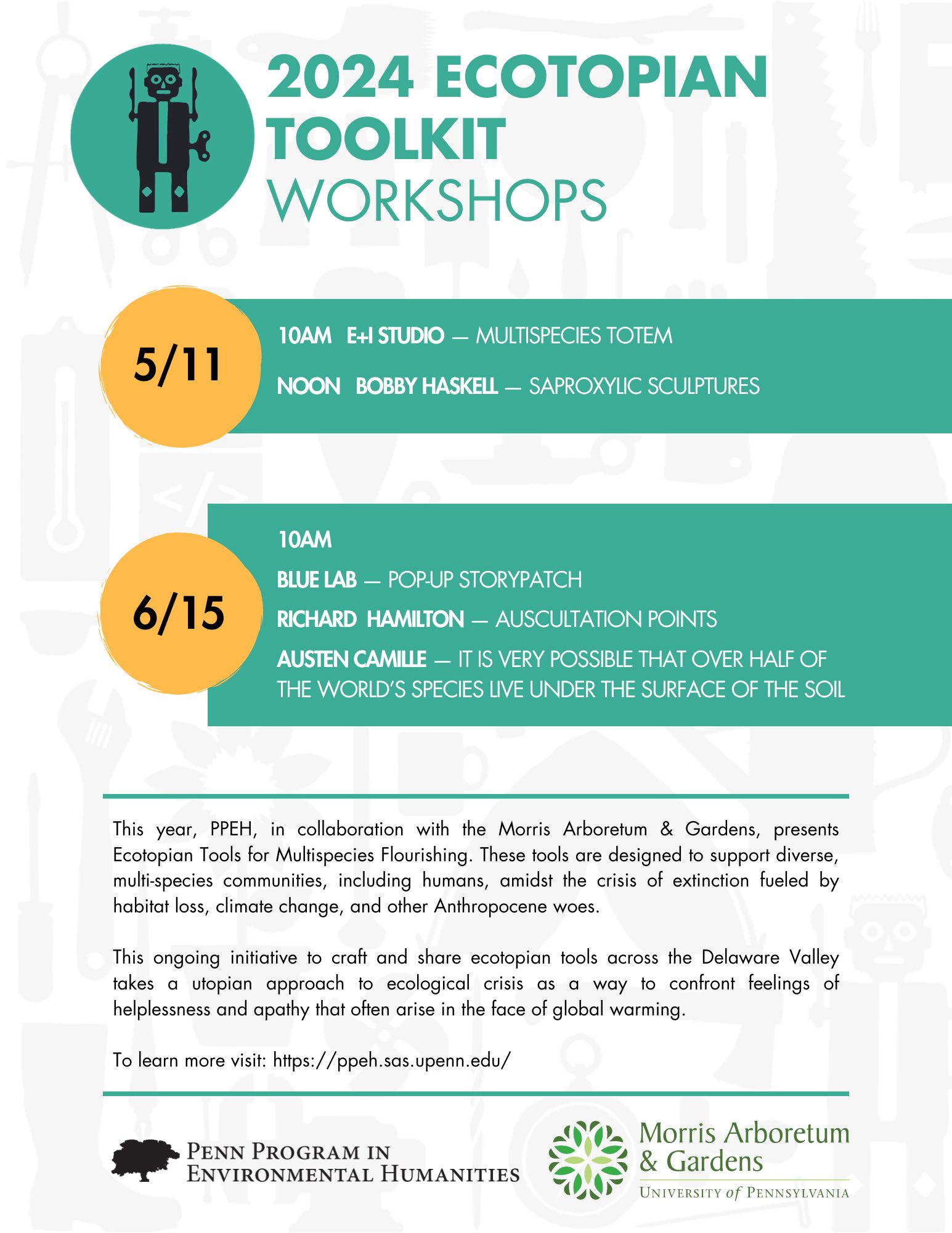
2022 Ecotopian Toolkit
- Nancy Agati, Basins + Borders
- Eli Brown, Another Mother: A Database of All Trans Organisms on Earth
- Juan Hurtado Salazar, Watershed Mobile Nursery
- Jacques-Jean "JJ" Tiziou, Walk Around Philadelphia— Ecotopian Toolkit
- Fereshteh Toosi, Water Radio: Delaware River
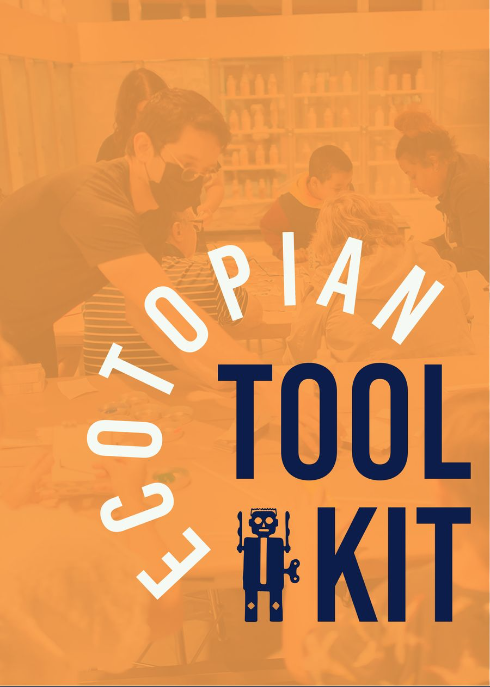
2022 Ecotopian Toolkit Exhibition Reception at Independence Seaport Museum
Friday, May 20, 2022 we celebrated the opening of phase 2 of the Ecotopian Toolkit exhibition with our partners at ISM and four of our amazing Toolmakers!
Along with the exhibit, free workshops with toolmakers Nancy Agati (June 4), Jacques-Jean Tiziou (June 15), Juan Hurtado Salazar & Fereshteh Toosi (both June 18) were presented at the museum.
2018 Ecotopian Toolkit
-
Deirdre Murphy, "Mapping Movements: The Invisible Highways of Urban Birds at the Water's Edge"
-
Ethnologica, "River Beasts and Besties: Exploring our Fears of the Deep"
-
FICTILIS, "Wastewater Walk"
-
Environmental Performance Agency, "Embodied Scientist Parkour"
-
Floating Studio for Dark Ecologies (Dylan Gauthier, Kendra Sullivan, and Marina Zurkow), "D.I.Y Post-Natural Ecosystems: A Field Guide to Field Guides"
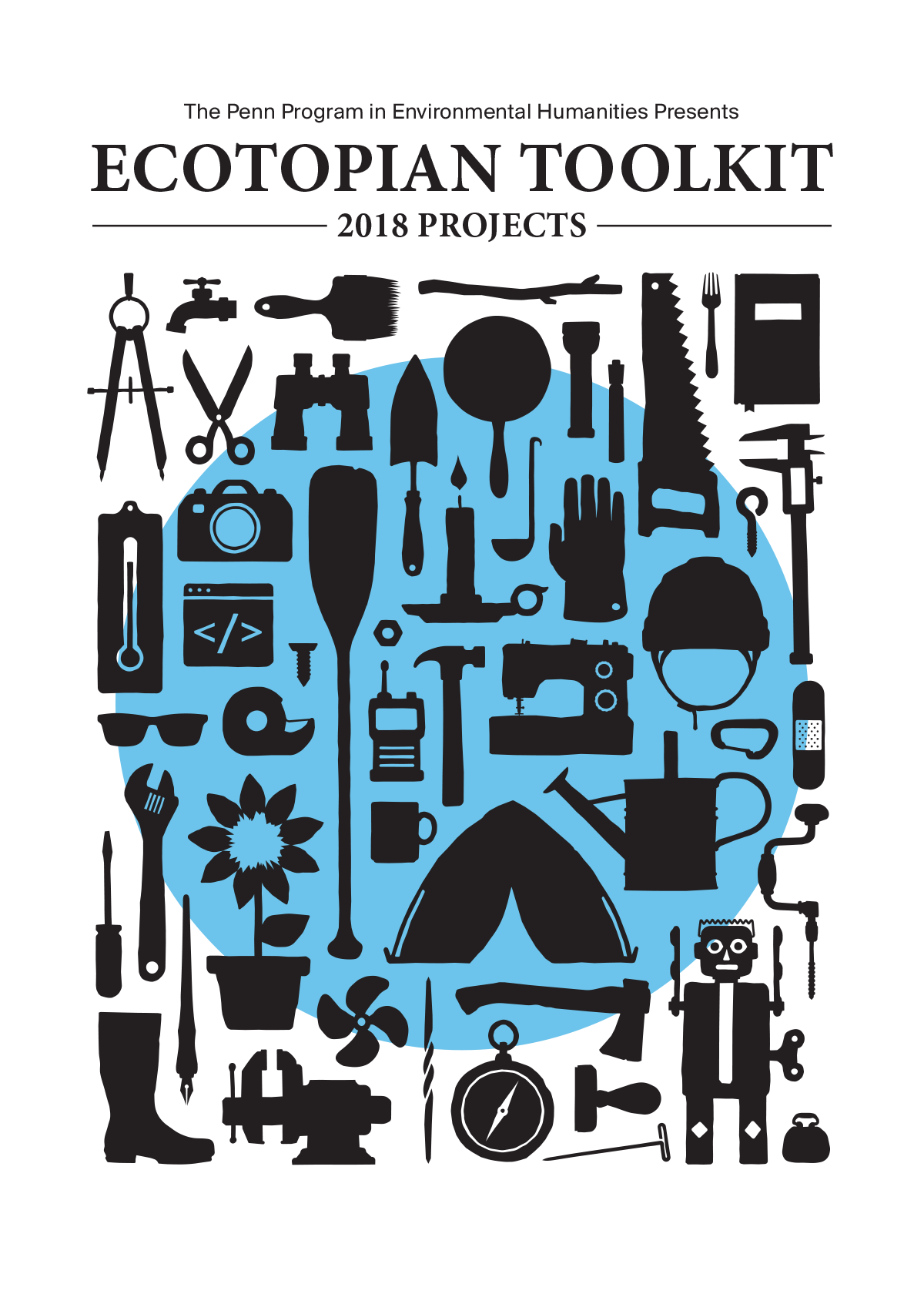
2017 Ecotopian Toolkit
-
Cecily Anderson, "Illustrated Map of the Lower Schuylkill River"
-
Joanne Douglas, "Indicator Fibers"
-
Caroline Hesse, "SUSPEND"
-
Gabriel Kaprielian, "Floating Habitat Pods"
-
Mandy Katz, "Botanical Field Guide"
-
Jacob Rivkin and Eric Blasso, "Bio Pool"
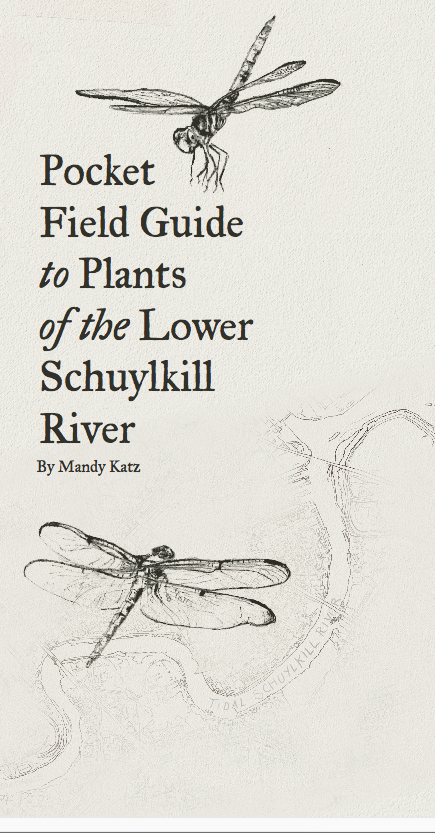
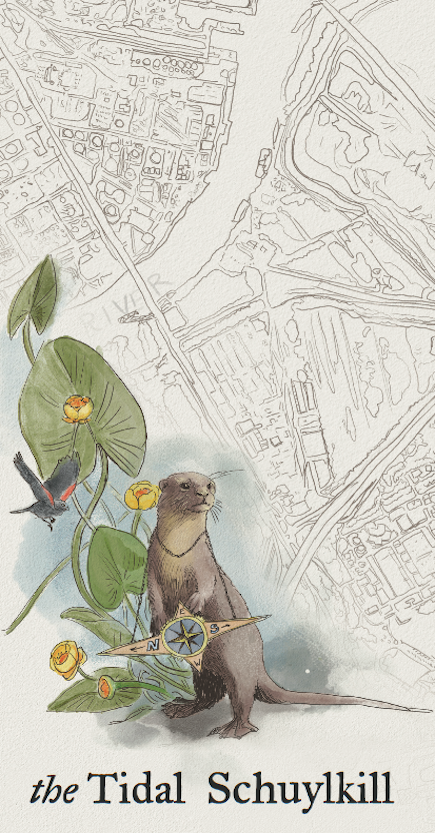
Click here for the 2017 Ecotopian Toolkit for the Anthropocene Conference full site.
Media Coverage
Katherine Unger Baillie (July 19, 2022) Grappling with A Watershed’s Uncertain Environmental Future. Penn Today
Katherine Unger Baillie (April 21, 2022) The Clean Water Act at 50. Penn Today
Sophia Schmidt (February 26, 2022) Got An Idea to Address the Impacts of Climate Change Along the Delaware? You Could Win Money to Make It Happen. WHYY
Katherine Unger Baillie (January 31, 2022) A Call for Tools to Navigate the Future of the Delaware River Watershed. Penn Today
Katherine Unger Baillie (April 10, 2017) Penn Program in Environmental Humanities Competiton Winners Presented at Bartram's Garden. Penn News
Samantha Melamed (May 25, 2017) A Giant Water Filter for the Schuylkill? Philly Artists Respond to Environmental Challenge. Philly.com
Bethany Wiggin (Spring 2017) Forgotten Places and Radical Hope on Philadelphia's Tidal Schuylkill River. Open Rivers: Rethinking The Mississippi, no. 6


